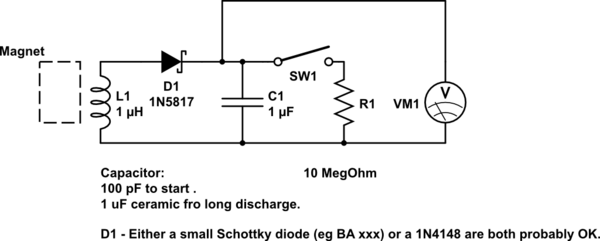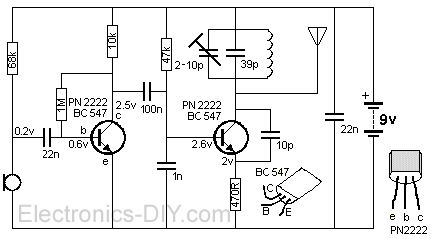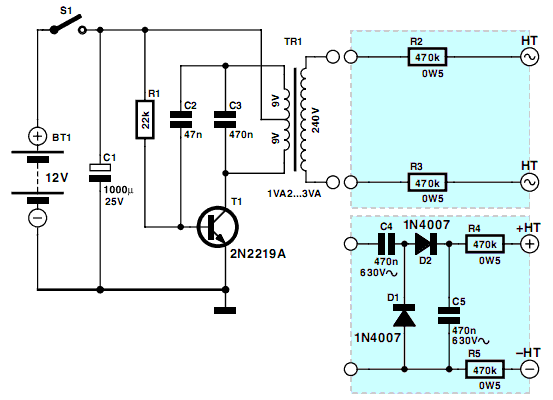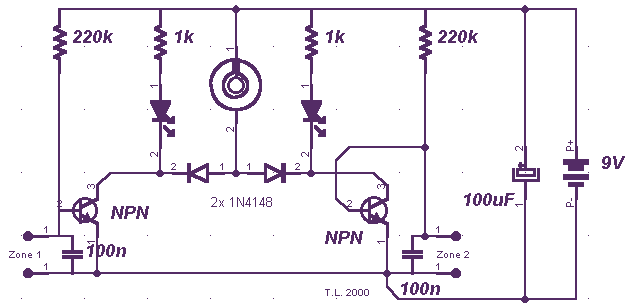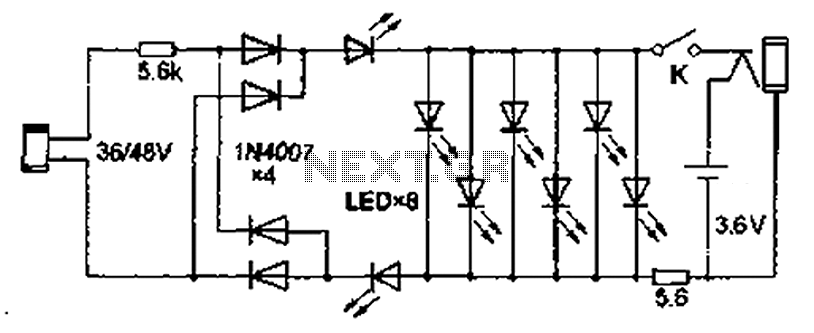
DIY Homemade Mini Plasma Gun
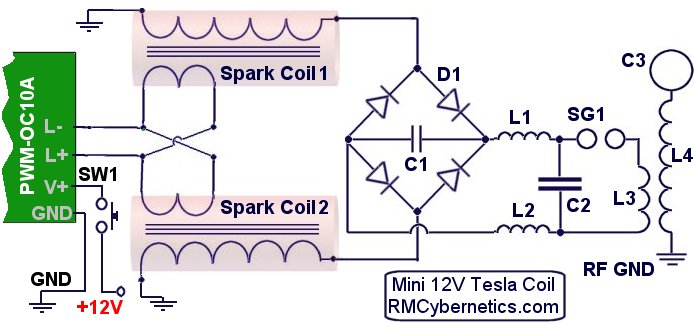
The DIY Plasma Gun is a compact, homemade Tesla Coil gun powered by an 18V battery. It features a specialized plasma discharge terminal capable of emitting ionized gas and flames. The entire system is housed within the casing of an old cordless drill, ensuring portability.
The DIY Plasma Gun operates on the principles of high-voltage electricity and plasma generation. The Tesla Coil is a resonant transformer circuit designed to produce high-voltage, low-current, high-frequency alternating current electricity. When powered by the 18V battery, the coil generates a high-voltage output that ionizes the surrounding air, creating a path for electrical discharge.
The plasma discharge terminal is a critical component of this device, as it is responsible for the emission of ionized gas and flames. It is typically constructed from conductive materials, allowing for efficient electrical discharge. The design of this terminal can vary, but it often includes features such as a pointed electrode to facilitate the ionization process.
To ensure safety and functionality, the device should include proper insulation and protective measures, as high-voltage components can pose significant risks. Additionally, the use of an old cordless drill as the housing provides a convenient and ergonomic design, making the device easy to handle and operate.
The overall assembly of the Plasma Gun requires careful attention to detail, including secure connections between the battery, Tesla Coil, and discharge terminal. The integration of components must ensure that the device operates efficiently while minimizing the risk of electrical hazards. Proper testing and calibration are essential to achieve the desired performance and safety standards.The DIY `Plasma Gun` is a small homemade Tesla Coil gun powered by an 18V battery. It also has a special plasma discharge terminal that can fire ionized gas and flames! The whole system is mounted inside the body of an old cordless drill so that is fully portable.. 🔗 External reference
The DIY Plasma Gun operates on the principles of high-voltage electricity and plasma generation. The Tesla Coil is a resonant transformer circuit designed to produce high-voltage, low-current, high-frequency alternating current electricity. When powered by the 18V battery, the coil generates a high-voltage output that ionizes the surrounding air, creating a path for electrical discharge.
The plasma discharge terminal is a critical component of this device, as it is responsible for the emission of ionized gas and flames. It is typically constructed from conductive materials, allowing for efficient electrical discharge. The design of this terminal can vary, but it often includes features such as a pointed electrode to facilitate the ionization process.
To ensure safety and functionality, the device should include proper insulation and protective measures, as high-voltage components can pose significant risks. Additionally, the use of an old cordless drill as the housing provides a convenient and ergonomic design, making the device easy to handle and operate.
The overall assembly of the Plasma Gun requires careful attention to detail, including secure connections between the battery, Tesla Coil, and discharge terminal. The integration of components must ensure that the device operates efficiently while minimizing the risk of electrical hazards. Proper testing and calibration are essential to achieve the desired performance and safety standards.The DIY `Plasma Gun` is a small homemade Tesla Coil gun powered by an 18V battery. It also has a special plasma discharge terminal that can fire ionized gas and flames! The whole system is mounted inside the body of an old cordless drill so that is fully portable.. 🔗 External reference
